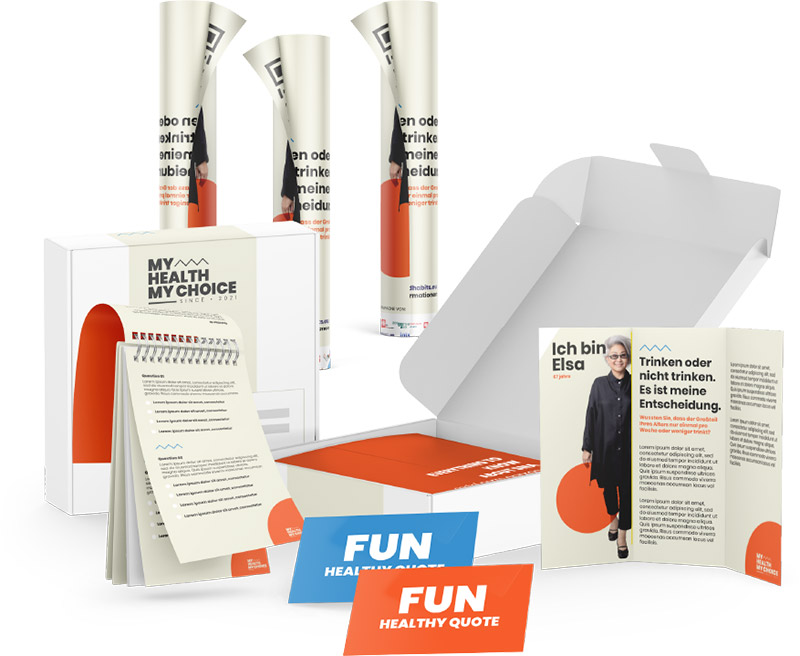HOW SNA COULD HELP YOUR BENEFICIARIES
We mirror our behaviour to that of those around us. That’s how we learn as toddlers. It’s how we form a style when we are teenagers and it’s how we shape our personalities throughout our life. But, when it comes to substance use, our perception about others is often skewed.
Our research shows how a lot of respondents tend to normalise unhealthy behaviour, because one assumes others also engage in this behaviour frequently. We overestimate the amount of unhealthy behaviour in others, while underestimating the frequency of their healthy behaviour.
With this campaign, we focus on showing you the reality behind substance use. We don’t condone or forbid the use of substances, but we believe you should make your decisions based on facts.
We want to show people not what they believe to be true about others, but the actual figures on substance use.







